Join the course
Humblebrag raclette put a bird on it blog, fam hexagon jianbing neutra godard plaid scenester.
Homesteading 101 Starter Course
Family
Free Guide
Courses & Guides
shop with me
FAVE LINKS
Low Toxic Living
Homesteading
Homemaking
Recipes
Topics
I’m a homesteader, homemaker, milkmaid, and bread baker! This is my very own slice of the internet, dedicated to inspiring you to live old fashioned in today's modern world. I’m so excited you’re here, and can’t wait to connect with you.
What does mold on sourdough starters look like?
Mold on Sourdough Starter – How to Revive Bad Starter. Moldy sourdough starter can cause panic in your home. So, you started baking homemade bread, you do the float test, you see that your starter rises, you feed it
one cup water and one cup of flour using organic flours, and for the first time you know the little love of
having a mature starter that gives you the best results when baking.
Then, you get a little busy and those sourdough bread recipes get put on hold for a week, next thing you
know you have a bad sourdough starter with this yucky black gunk on top.
There is nothing worse for sourdough bakers than having a once-healthy sourdough starter show signs of mold and having to toss your old starter.
If you have an active sourdough starter, you KNOW how much work it took to get that baby bubbling and
doubling (starter joke hehe).
This blog post is all about Mold on Sourdough Starter – How to Revive Bad Starter.
So, discovering MOLD in your poor starter is not a happy sight. Some may say that you can just scrap it
off the top of the starter and that a little mold won’t hurt anyone. But, let’s
answer the first question, what exactly is mold? Mold is a fungus that can spread through your starter,
that’s why just scraping off the top of your starter won’t exactly work.
Mold is a fungal growth that forms and spreads on damp or decaying matter.
A moldy sourdough starter is preventable though! Not to fret, let’s keep going and we will get to how to prevent this!
Buy your own sourdough starter HERE and get free shipping.
Table of Contents
How can I tell if my own sourdough starter has mold?
Many people think that their sourdough starter has mold, and it actually doesn’t. They confuse the nail polish remover smell, black liquid, and any other funky smells with mold.
Visible mold on your starter will show a black and fuzzy layer on the surface of the starter or on the sides of the jar.
Again, many will say that you can scrape off the top of your sourdough starter because they really don’t want to admit that their beloved starter is now a dead starter.
But, I HIGHLY don’t recommend doing that. Toss it and start over. It can’t be used and could
make you sick! The general rule is that if you see mold, then just over with new starter.
What causes a moldy starter?
The funny thing about this is that there are good bacteria in your starter that make your starter stronger. The good news is that a starter is actually pretty difficult to kill.
We know that daily feedings may be overlooked from time to time, that’s why it’s recommended to put your starter in the fridge so you are able to feed it less. But, it’s when you forget to feed your beloved starter that things go south. Regular daily feedings are important to keep your starter fed and healthy with that beneficial bacteria that was just mentioned.
You never move your starter to a clean jar. With regular feedings, it’s natural for a once-healthy starter to get an unpleasant smell. As you feed it each day, in a warm environment, it will rise and double in size. As you use it, this jar will get gross and crusty and has the opportunity to grow bad bacteria on your starter. It’s so important to move your starter to a new jar every so often, and it’s a good way to prevent your starter from dying.
How to prevent mold in sourdough starter
Again, sourdough starters are pretty difficult to kill. But, if you do happen to kill it, a dead sourdough starter is not the end of the world.
To prevent your starter from growing mold, feed it regularly with fresh flour. Whole wheat flour or all-purpose flour is what I feed my starter. I will feed it equal parts water and
equal parts flour with tap water, or you can use bottled water. The next day or so I will transfer over my starter to a clean bowl or clean jar to feed and store.
I never go a really long time without feeding. The most that I have personally gone is probably 3 days and my starter was fine.
If you feel like your flour is old, get different flour.
I see a pink color in my mature sourdough starter, is that mold?
Sometimes, if not taken care of and sitting for a longer period of time, the starter will get what people think is a kind of mold.
This pink streak through your sourdough starter is not mold but bad bacteria in your sourdough culture.
It’s called Serratia marcescens, and it’s a microorganism that is a bacteria. It thrives in warm, wet environments.
If you see this pink bacteria in your starter, don’t scrape off as much sourdough starter as you can, and continue to feed. You will, sadly, have to dump the whole thing.
To prevent this, keep your starter in a dry environment at room temperature.
Can you save moldy sourdough starter?
I know you love homemade sourdough bread, but if your starter dies it will be put on hold… temporarily.
Keep sourdough discard in your fridge. You take the excess starter that you need when baking and put it in the fridge to save it for times like these or for sourdough discard recipes.
Rehydrate dehydrated starter. If you need to buy more sourdough starter, I do have my own that you can get and will be able to use within just a few days.
You will follow a sourdough starter recipe with equal grams of water and equal grams of flour to ensure that the starter is fed enough.
More information on moldy sourdough starter
Don’t give up
I know it can be discouraging if your new sourdough starter or old sourdough starter develops mold. The best thing you can do is keep going and keep trying.
That is the best way to learn!
Again, sourdough starters are difficult to kill!! Don’t overthink this process.
This post was all about what mold on sourdough starters look like
- Sourdough Vanilla Cupcakes: A Twist on the Classic Treat
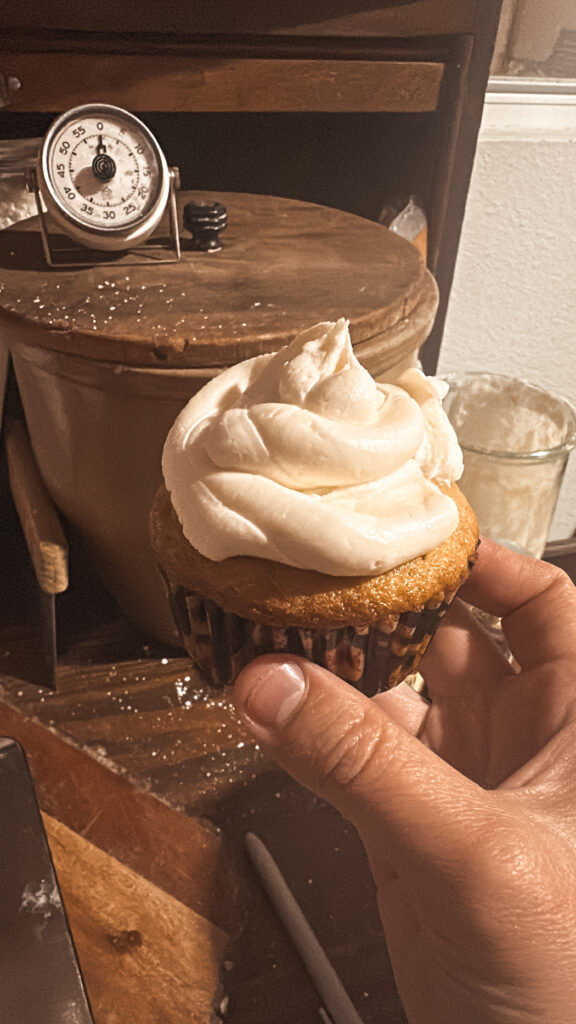 Sourdough Vanilla Cupcakes These sourdough vanilla cupcakes combines the richness… Read more: Sourdough Vanilla Cupcakes: A Twist on the Classic Treat
Sourdough Vanilla Cupcakes These sourdough vanilla cupcakes combines the richness… Read more: Sourdough Vanilla Cupcakes: A Twist on the Classic Treat - Easy Homemade Biscuits: Quick & Delicious Recipes for Beginners
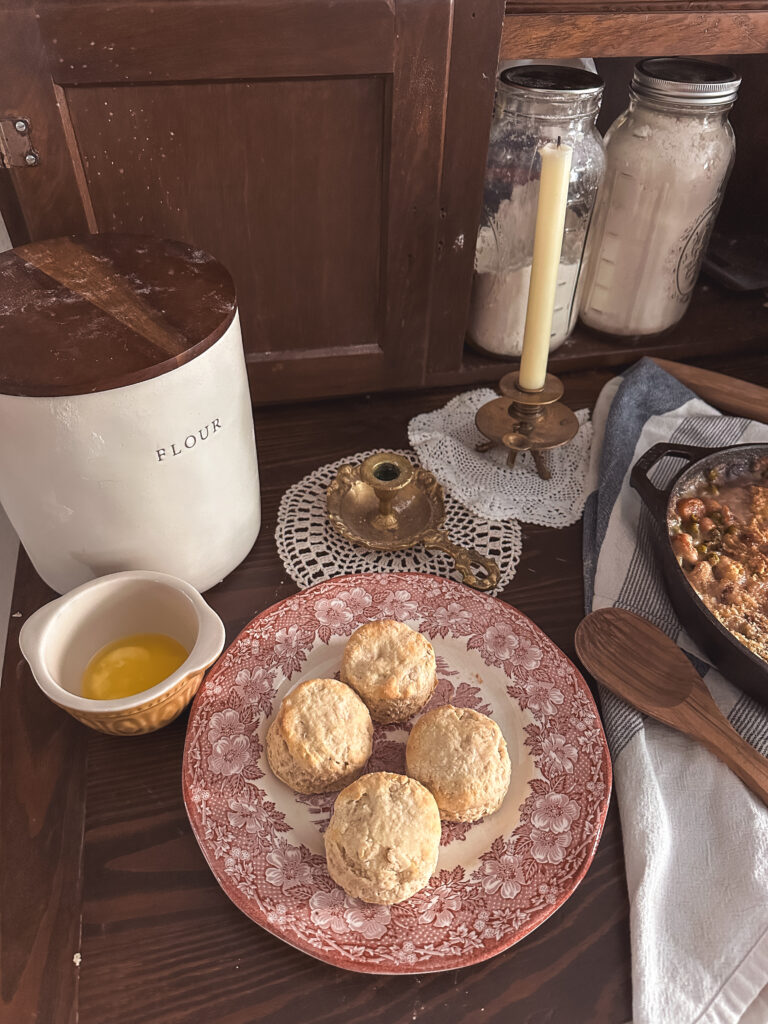 Homemade Biscuits Imagine the aroma of freshly homemade biscuits throughout… Read more: Easy Homemade Biscuits: Quick & Delicious Recipes for Beginners
Homemade Biscuits Imagine the aroma of freshly homemade biscuits throughout… Read more: Easy Homemade Biscuits: Quick & Delicious Recipes for Beginners - Soft Dinner Rolls: Your Guide to Fluffy, Perfect Bakes
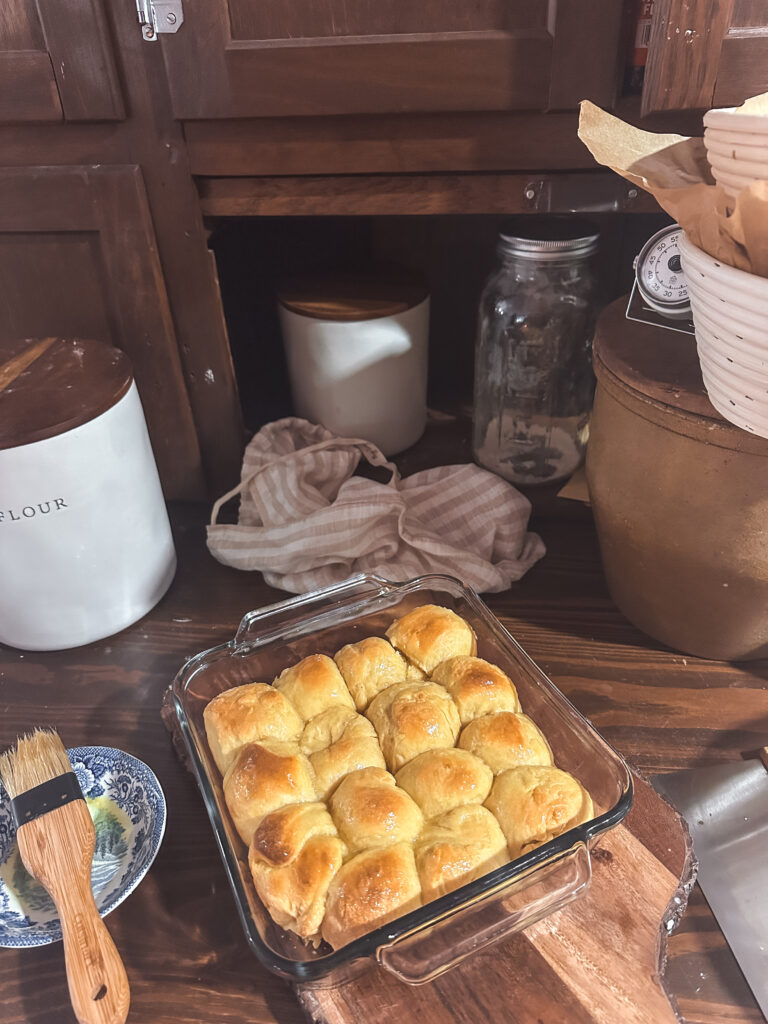 Soft Dinner Rolls Tackling homemade soft dinner rolls can often… Read more: Soft Dinner Rolls: Your Guide to Fluffy, Perfect Bakes
Soft Dinner Rolls Tackling homemade soft dinner rolls can often… Read more: Soft Dinner Rolls: Your Guide to Fluffy, Perfect Bakes - How to Knead Dough: A Step-by-Step Guide for Perfect Bread
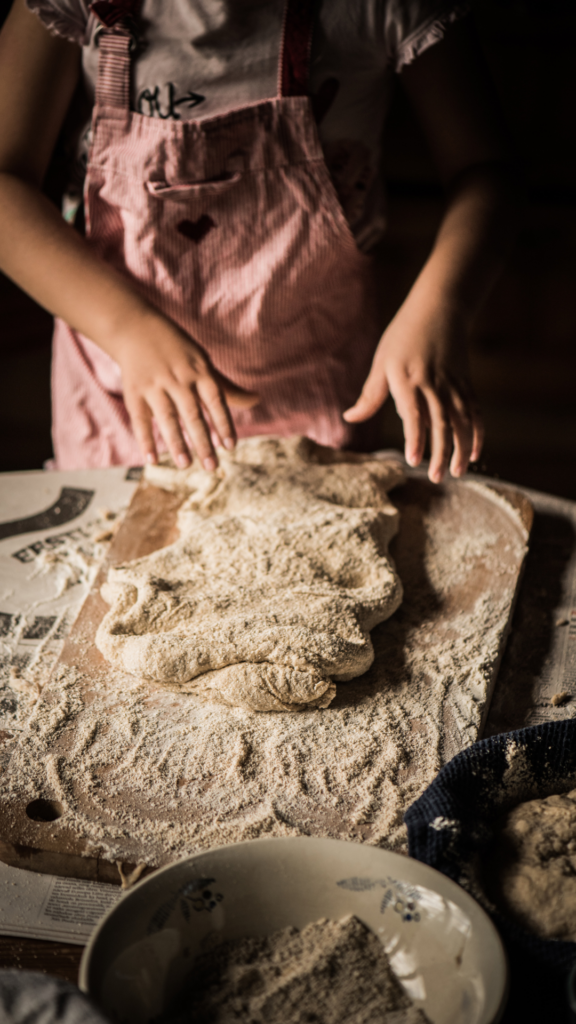 How to Knead Dough Baking bread from scratch often seems… Read more: How to Knead Dough: A Step-by-Step Guide for Perfect Bread
How to Knead Dough Baking bread from scratch often seems… Read more: How to Knead Dough: A Step-by-Step Guide for Perfect Bread - SALT & STONE Deodorant Review: A Natural Deodorant?Natural Deodorant Why natural deodorant? Did you realize that conventional… Read more: SALT & STONE Deodorant Review: A Natural Deodorant?
Explore Reader
SHOP
Fitbit Versa 2 Health & Fitness Smartwatch
SHOP
Bamboo Nesting storage boxes
SHOP
Ilia Super Serum Skin Tint SPF 40
SHOP
Ninja Max XL Electric Air FryeR
SHOP
Cuisinart 15-Piece Knife Set with Block
SHOP
Muse Bath Apothecary Hand Ritual
SHOP
Martha Stewart 100% Cotton Bath Towels
SHOP
Eozlink Fluffy Fur Slides
Leave a Reply Cancel reply
Watch me clean my home
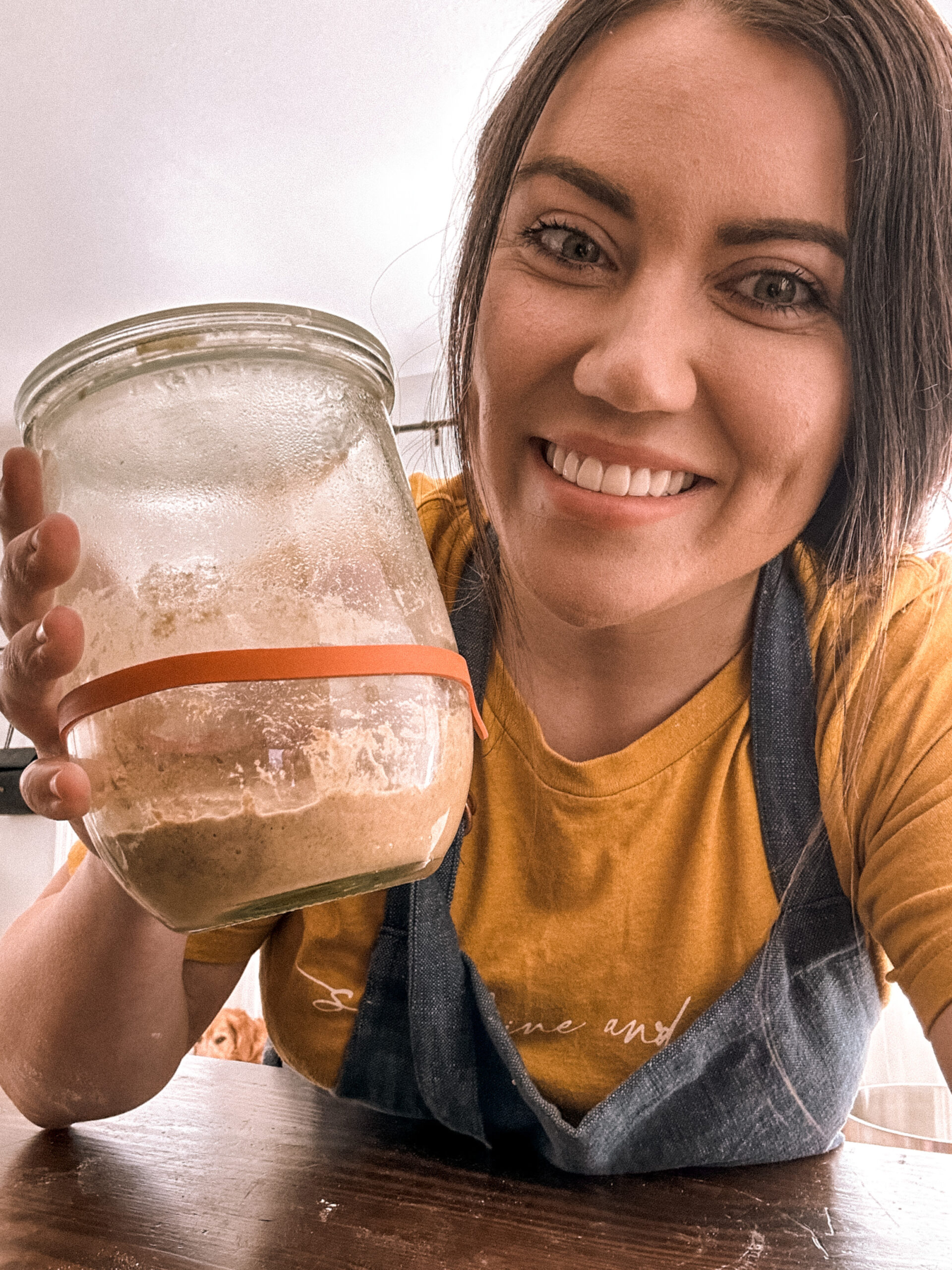
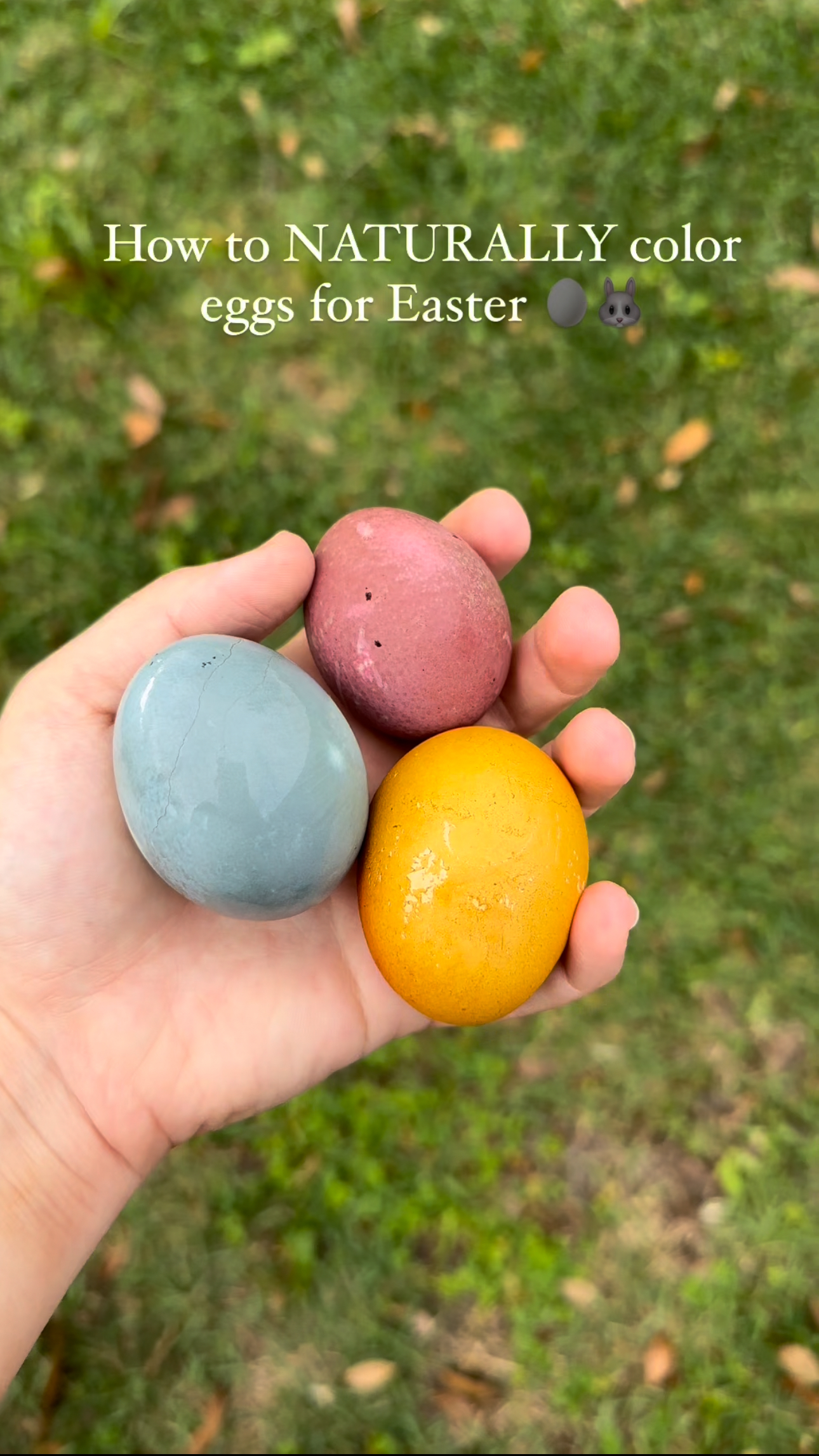

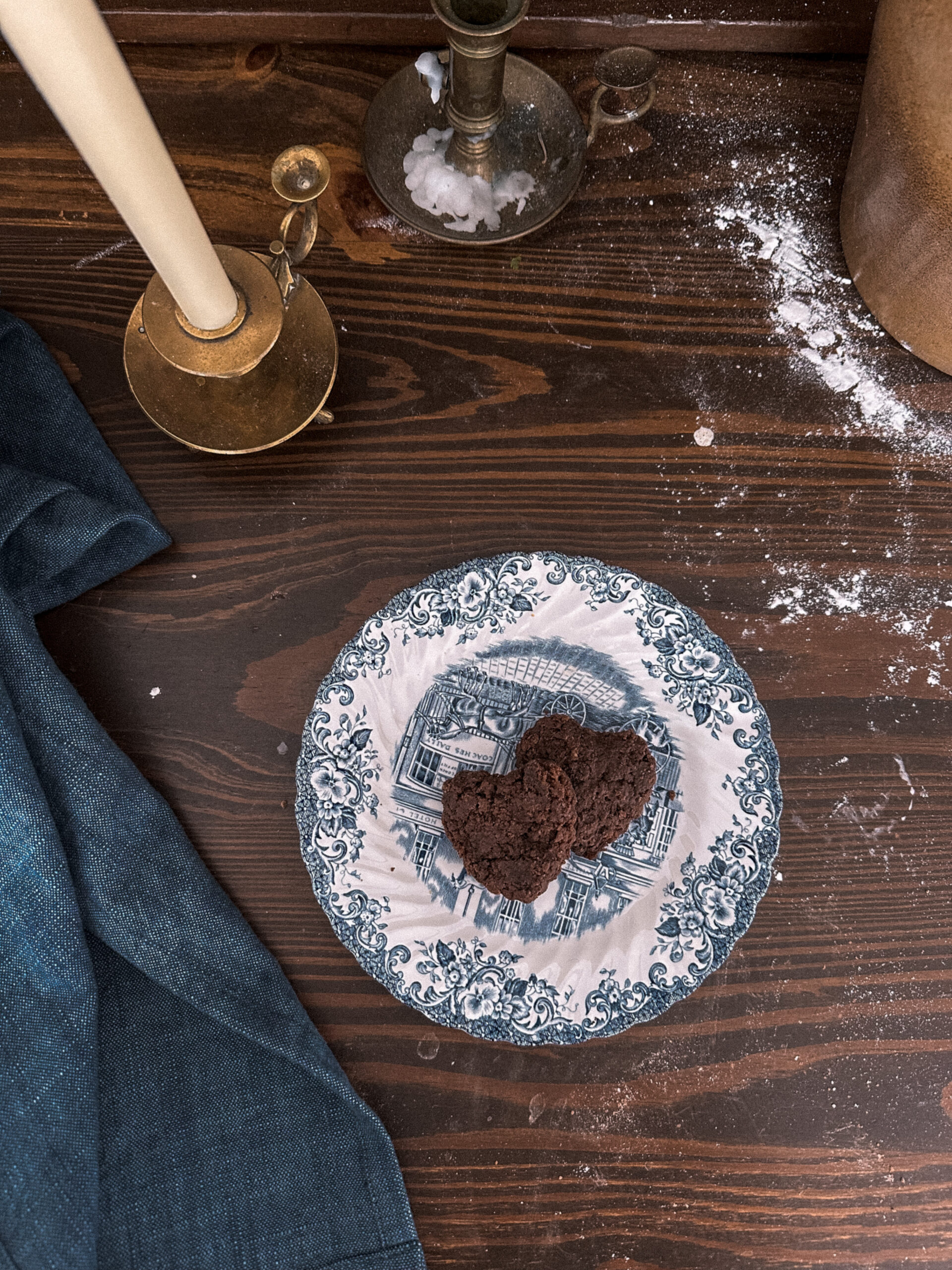
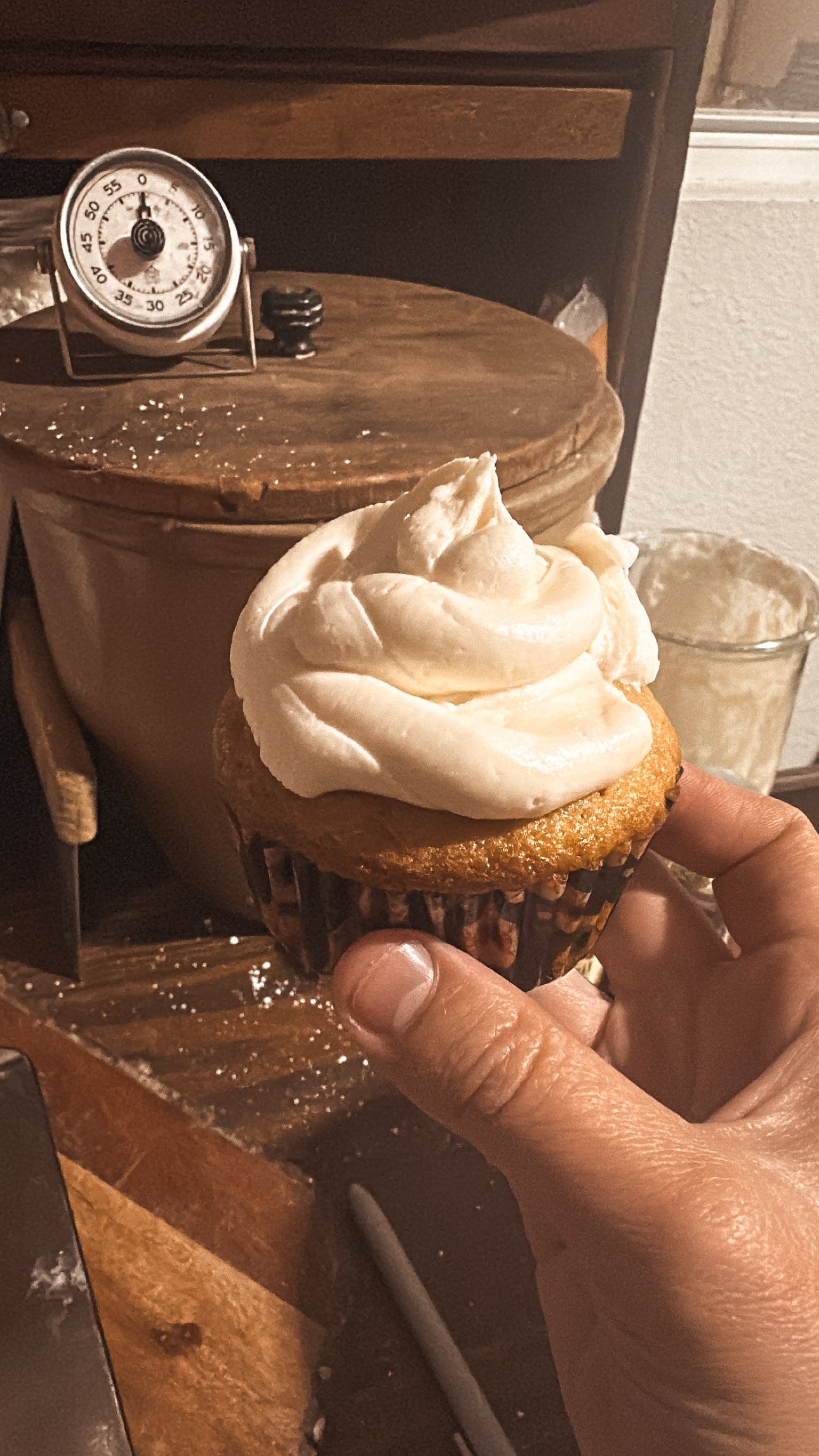
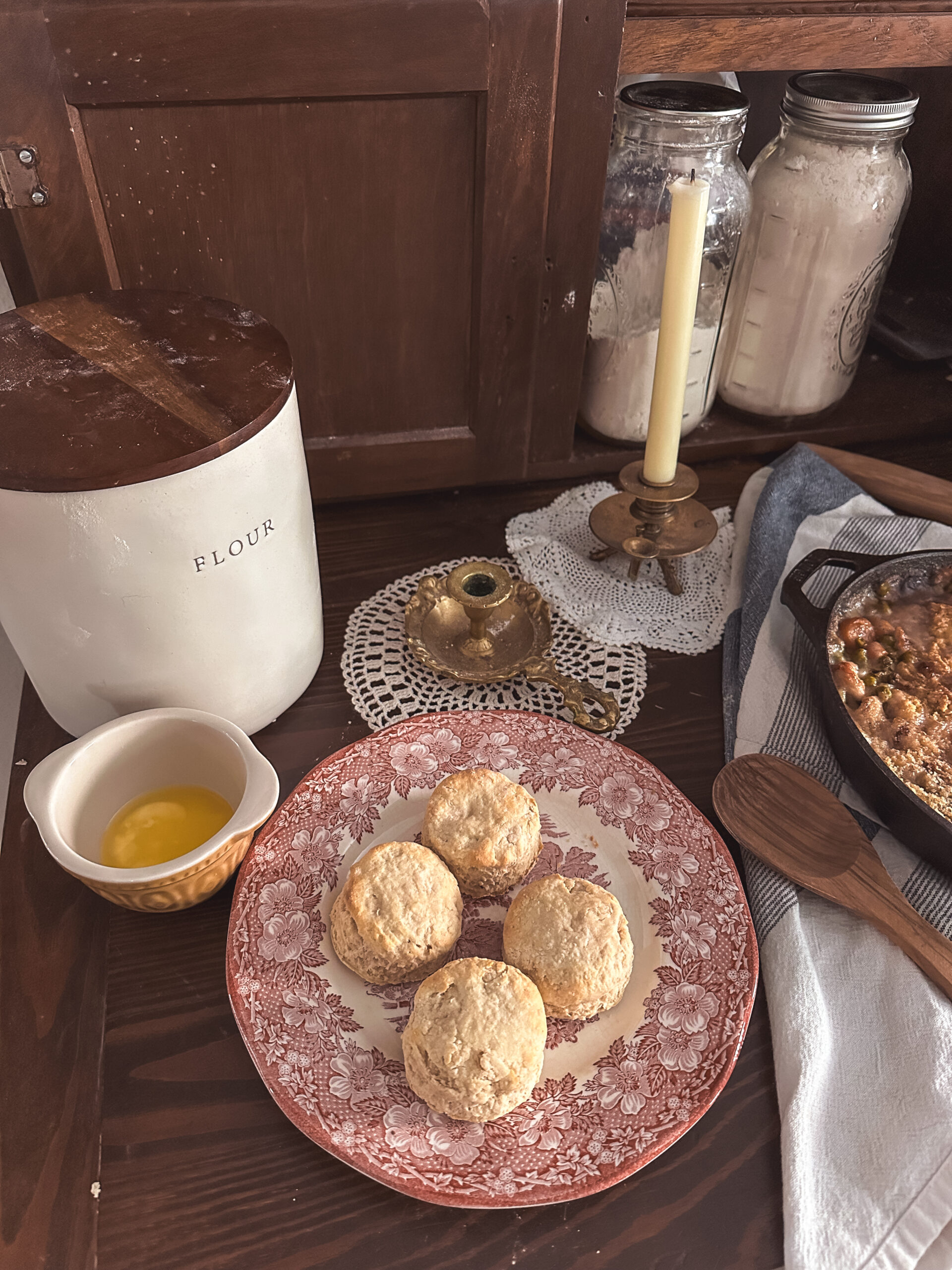

Be the first to comment